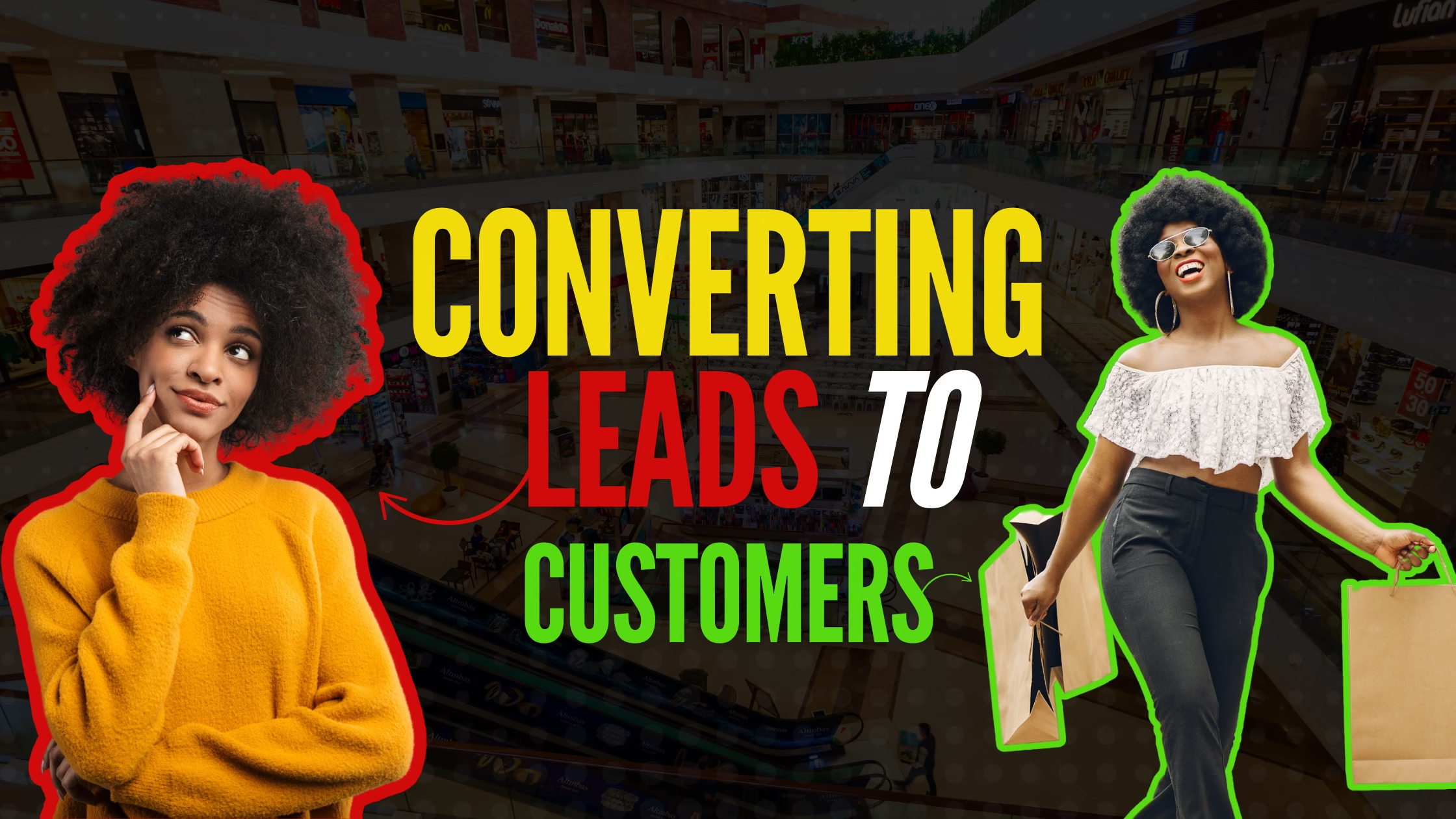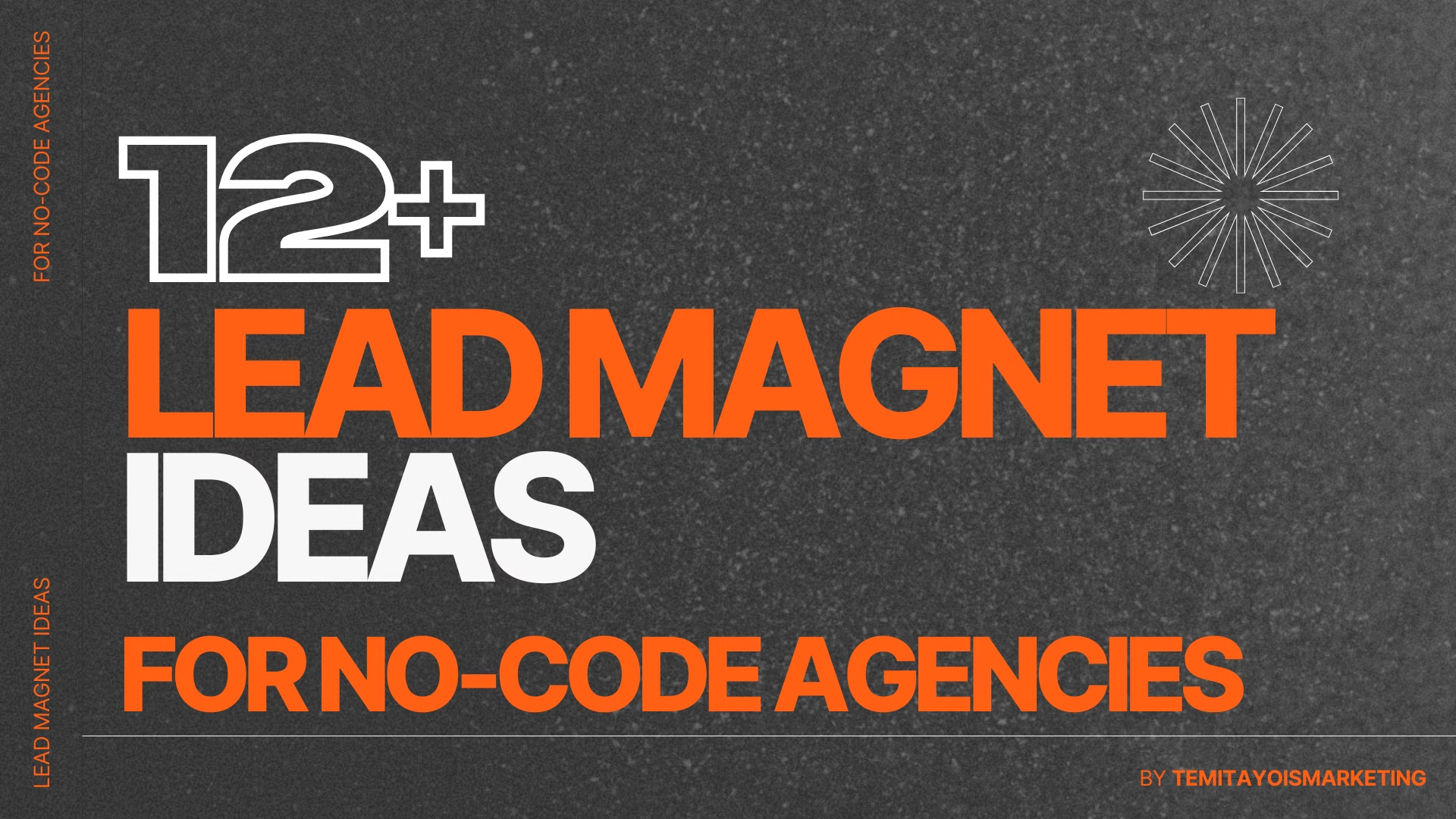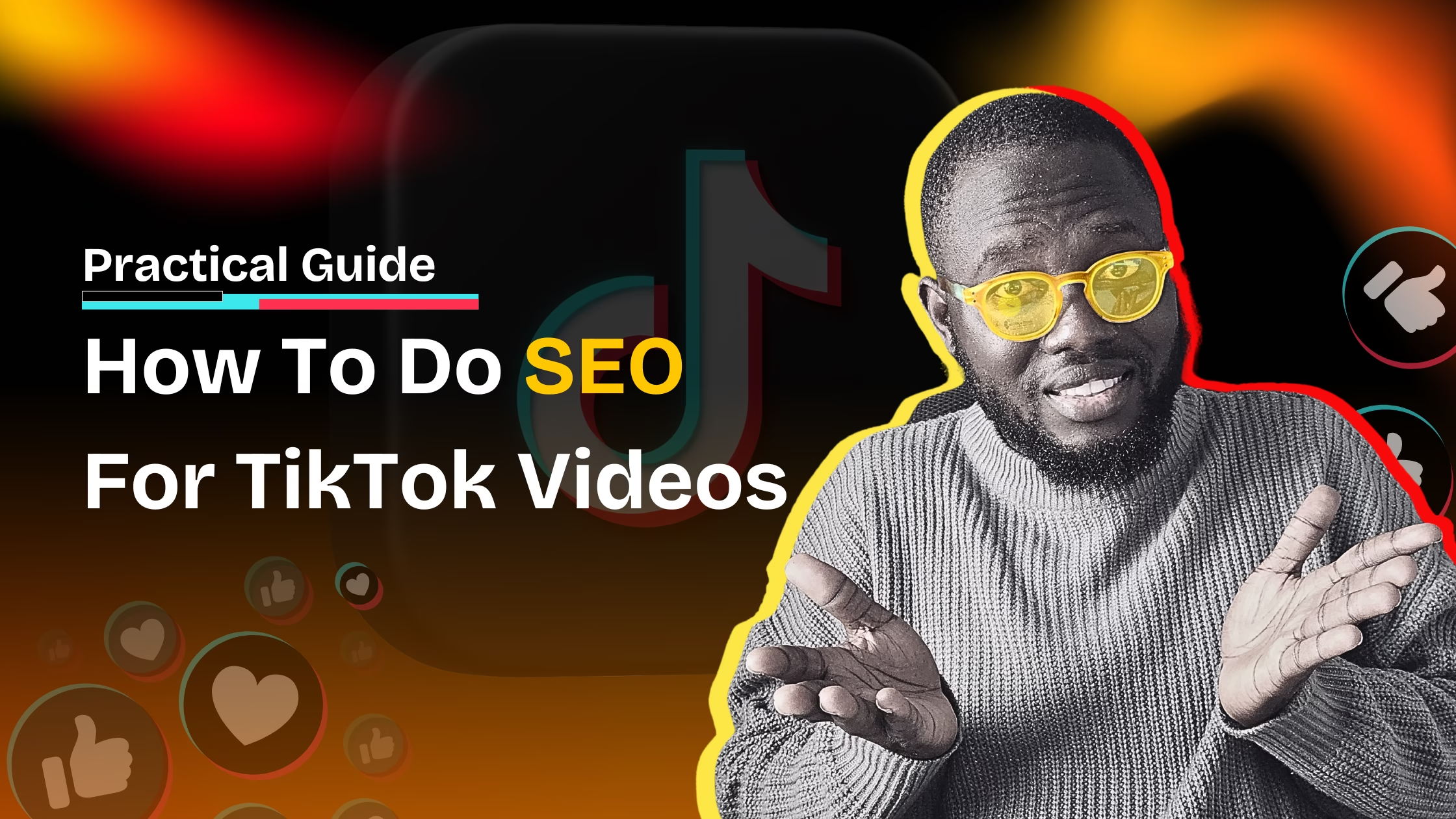Building a lead generation system is relatively easy, and thanks to PPC, getting eye traffic to your ads is also easy, the spotlight often falls on how many leads you can convert to buying customers.
Generating leads for your business is just one part of the puzzle, what’s even more critical to your success is having a solid lead qualification system in place.
What Is a Lead Qualification System?
At its core, a lead qualification system helps you check if a potential customer is a good fit for your offerings.
It works by assessing their level of interest and intent to purchase, or as I like to call it, their level of seriousness.
For example:
- Someone visiting the pricing page of a SaaS tool like Riverside.fm is signalling a strong interest in purchasing the service.
- Similarly, a prospect exploring a Service Estimation Page for an agency is likely to consider hiring the agency and is curious about the costs involved.
These actions indicate high purchase intent, which means they are not just browsing—they’re seriously considering converting.
Why Lead Qualification Matters
A lead qualification system helps you focus your energy and resources on the leads most likely to become paying customers.
The two key questions your system should answer are:
- Can your product or service fulfil the customer’s needs?
- Can the prospect afford your product or service?
By answering these questions, you can narrow your attention to leads worth pursuing and avoid wasting resources on those unlikely to convert.
How to Qualify Leads Effectively
Creating an effective lead qualification system involves a mix of data collection, behavioural analysis, and direct communication.
But here are some actionable strategies to qualify your leads:
1. Use Surveys and Questionnaires
- Create tailored surveys or forms to gather critical information about your leads, such as their pain points, goals, industry, and budget.
- Tools like Typeform, Google Forms, or embedded forms on your website make it easy to collect this data.
- Ask open-ended and close-ended questions to determine whether your offering meets their needs.
For Example:
“What challenges are you currently facing in [specific area]?”
“What’s your budget range towards the realization of this project?”
“How soon would you like to get started with the project”
2. Monitor Behavior on Key Web Pages
Tracking user behaviour on your website is one of the most insightful ways to qualify leads. For example;
- Pricing Pages: Frequent visits to your pricing page can indicate that the lead is seriously considering a purchase.
Track metrics like time spent, scroll depth, click actions or repeated visits to these pages.
- Service Pages: High engagement with service-specific pages shows an interest in that particular service or offering.
You can use analytics tools like Google Analytics, Hotjar, and HubSpot to collect data on these interactions to achieve this.
3. Leverage Lead Scoring Systems
Implement a lead scoring system that assigns points based on a lead’s behaviour, demographics, and interactions.
For example;
- Points are added for high-value actions like:
- Downloading a whitepaper or case study.
- Attending a webinar or scheduling a demo.
- Viewing comparison content or
- Watching a few testimonial videos instead of just one, and watch time on the video
For Example:
A lead that engages with multiple touchpoints on a SaaS website such as downloading a pricing guide, revisiting the site, and interacting with a chatbot would receive a higher score than a lead who only subscribed to your newsletter.
Tools like HubSpot, Marketo, and Salesforce can also help you automate and refine your lead-scoring efforts.
4. Utilize Conversational Marketing Tools
Chatbots and live chat tools provide real-time opportunities to qualify leads.
- Deploy chatbots on high-intent pages like pricing or product demo pages.
- Use tools like Drift, Intercom, or Tidio to ask targeted questions such as:
“What specific feature are you most interested in?”
“Do you have a timeline for making a purchase?”
5. Analyze Engagement with Educational Content
Leads that actively consume your educational materials often signal deeper interest and intent.
- Track downloads of content like eBooks, whitepapers, or case studies.
- Monitor engagement in webinars, product tutorials, or onboarding videos.
- Tools like Wistia, Vimeo, or webinar platforms combined with CRM software like Zoho & Hubspot can provide insights into video engagement metrics.
6. Email Engagement Tracking
Email marketing campaigns are powerful tools for qualifying your leads and identifying those with serious purchase intent.
- Track email open rates, link clicks, and responses.
- A lead who consistently engages with emails about product features, case studies, or promotional offers is likely to further down the sales funnel.
- You can use tools like GetResponse, ActiveCampaign, or SendGrid to automate and analyze email campaigns.
7. Use Retargeting Ads to Gauge Intent
Leads interacting with your retargeting ads are likely more interested in your offering.
- Deploy retargeting campaigns on platforms like Google Ads or Facebook Ads.
- Track click-through rates and interactions to identify leads ready for deeper conversations.
8. Conduct Qualifying Discovery Calls
For higher-value leads, direct communication can be invaluable.
- Schedule quick discovery calls to ask targeted questions about each customer’s needs, goals, and challenges.
- Focus on understanding how your solution aligns with their requirements.
Refining Your Qualification System
It’s important to regularly evaluate and tweak your lead qualification system based on performance and feedback.
- Review metrics: Look at conversion rates from qualified leads to paying customers.
- Test new strategies: Experiment with additional lead scoring criteria or chatbot workflows.
- Get feedback: Ask your sales team if the leads passed on to them are genuinely high-quality.
Final Thoughts
Lead generation is essential, but your client acquisition system is only as effective as your ability to qualify the leads generated.
A robust qualification system ensures you focus on prospects with the highest potential to convert, saving your business time and resources.
Interestingly, lead qualification systems are not one-size-fits-all. They vary depending on the type of business you’re running and the customers you aim to attract.
A well-structured lead qualification system does more than just sift through leads—it ensures you focus on prospects who are genuinely interested in and capable of purchasing your product or service.
By combining surveys, behavioural tracking, lead scoring, and direct communication, you can build a lead qualification system that aligns perfectly with your business goals.
This ensures you spend your energy on the leads that matter most, turning interest into revenue and curiosity into conversions.
Work With Temitayo
To get me working on your freelance, SaaS or Agency website copy, send a message or schedule a meeting here






